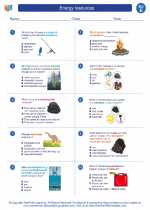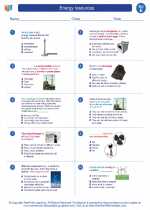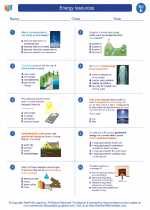Mechanical Systems
A mechanical system is a collection of interconnected components that work together to perform a specific task or function. These systems can be found in various machines, vehicles, and structures, and they rely on the principles of physics and engineering to operate efficiently.
Components of a Mechanical System
1. Input: This is where the system receives energy or signals to initiate the process.
2. Process: The components within the system work together to transform the input into the desired output.
3. Output: This is the result or product of the system's operation.
4. Feedback: Some mechanical systems incorporate feedback mechanisms to monitor and adjust the performance of the system.
Examples of Mechanical Systems
- A bicycle: The pedals (input) provide the energy, which is transmitted through the chain and gears (process) to turn the wheels (output).
- An elevator: The buttons (input) are used to select the desired floor, and the system uses a motor and pulley system (process) to move the elevator car (output).
- A seesaw: The force applied by one person (input) is transferred through the pivot point to lift the other person on the opposite end (output).
Study Guide
Here are some key concepts and questions to consider when studying mechanical systems:
1. Basic Principles: Understand the fundamental concepts of energy transfer, force, and motion within mechanical systems.
2. Types of Mechanical Systems: Explore the various types of mechanical systems, such as simple machines, complex machinery, and structural systems.
3. Components and Functions: Identify the components of a mechanical system and their respective roles in the overall function of the system.
4. Real-World Applications: Research and analyze examples of mechanical systems in everyday objects, industrial equipment, and infrastructure.
5. Problem-Solving: Practice solving problems related to mechanical systems, including calculating forces, analyzing motion, and optimizing performance.
By understanding the principles and applications of mechanical systems, you can gain valuable insights into the functioning of various technologies and engineered mechanisms.
.◂Science Worksheets and Study Guides Fifth Grade. Energy resources

 Worksheet/Answer key
Worksheet/Answer key
 Worksheet/Answer key
Worksheet/Answer key
 Worksheet/Answer key
Worksheet/Answer key
 Vocabulary/Answer key
Vocabulary/Answer key
 Vocabulary/Answer key
Vocabulary/Answer key
